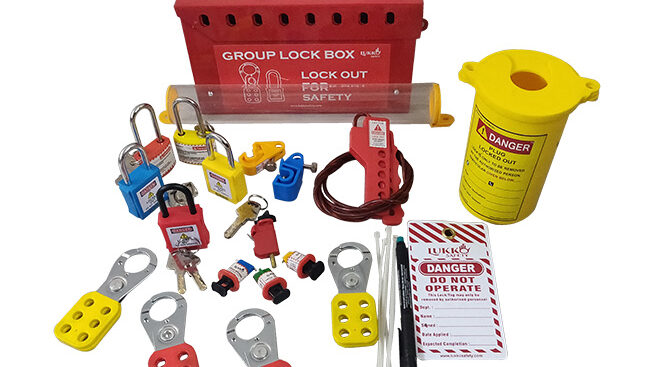The Occupational Safety and Health Administration (OSHA) is responsible for ensuring workplace safety in the United States. One of the ways OSHA promotes workplace safety is by establishing and enforcing standards for the control of hazardous energy. Lockout tagout procedures play a critical role in OSHA compliance, and it is essential for employers to understand their responsibilities under OSHA regulations. In this blog post, we will discuss the role of lockout tagout procedures in OSHA compliance.
What is Lockout Tagout?
Lockout tagout is a procedure used to control hazardous energy during maintenance or repair work on machinery or equipment. It involves the use of specialized devices and equipment to isolate energy sources and prevent them from being activated while work is being performed. The lockout tagout procedure ensures that the equipment or machinery is inoperable while work is being performed, reducing the risk of injury or death.
The Role of Lockout Tagout in OSHA Compliance
OSHA’s Control of Hazardous Energy (Lockout/Tagout) Standard (29 CFR 1910.147) requires employers to establish and implement procedures for controlling hazardous energy during maintenance or repair work. Employers must develop a written lockout tagout program that outlines the procedures and practices for controlling hazardous energy.
The lockout tagout program must include the following elements:
1. Procedures for isolating energy sources
2. Procedures for attaching and removing lockout tagout devices
3. Procedures for testing equipment to ensure it is safe to work on
4. Procedures for training employees on lockout tagout procedures
5. Procedures for periodic inspections of lockout tagout procedures
Employers must also ensure that all employees who perform maintenance or repair work on machinery or equipment receive training on lockout tagout procedures. The training must cover the purpose and function of lockout tagout, the procedures for isolating energy sources, and the proper use of lockout tagout devices.
OSHA compliance also requires employers to periodically review and update their lockout tagout program to ensure that it remains effective and up to date with current industry standards.
The Consequences of Non-Compliance
Failure to comply with OSHA’s Control of Hazardous Energy (Lockout/Tagout) Standard can result in serious consequences for employers. OSHA can issue citations and penalties for non-compliance, and in some cases, employers may face criminal charges if an employee is injured or killed as a result of non-compliance.
Conclusion
Lockout tagout procedures play a critical role in ensuring workplace safety and OSHA compliance. Employers must develop and implement a lockout tagout program that meets the requirements of OSHA’s Control of Hazardous Energy (Lockout/Tagout) Standard. Employers must also ensure that employees receive training on lockout tagout procedures and that the program is periodically reviewed and updated to ensure effectiveness. By following lockout tagout procedures, employers can prevent accidents and injuries in the workplace and promote a safe working environment.
For more details contact us – lukkosafety

